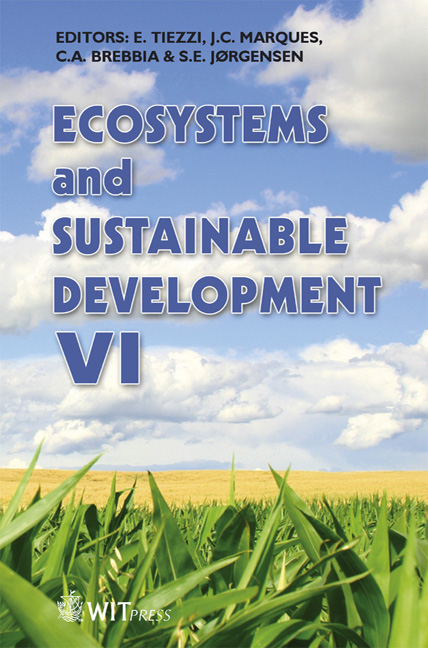Modelling Arsenic Transport In A River Basin: A Case Study In Finland
Price
Free (open access)
Transaction
Volume
106
Pages
10
Published
2007
Size
1,347 kb
Paper DOI
10.2495/ECO070101
Copyright
WIT Press
Author(s)
Ä. Bilaletdin, H. Kaipainen, T. Ruskeeniemi & A. Parviainen
Abstract
Arsenic undergoes a number of changes in response to environmental conditions such as pH, redox potential and other soluble compounds and solid phases present in the system. As exact transfer modelling requires huge amounts of data, a relatively simple calculation method is needed for large sites. A model has to contain enough essential processes, state variables etc. but it should not require too much data, and the running of the model should not be too laborious. This is especially important for modelling tools designed to assist authorities in their tentative environmental reviews. The aim of this study is to develop a statistical arsenic transport model for surface waters using monitored data and to take into account the discharge of small rivers and the sub-catchments, calculated using a runoff model. Dilution, sedimentation and chemical processes are presumable processes regarding arsenic transport. The general form of the model is an advection-dispersion model and the first order kinetics. The advection-dispersion model, separately for particle bounded arsenic and soluble arsenic, has been used to simulate the total arsenic concentration. The driving process for particle bounded arsenic is sedimentation and the driving state variable for soluble arsenic is pH. The main conclusion of this study is that by using a quite simple mass balance model it was possible to simulate arsenic transport in surface waters for risk assessment purposes. Keywords: arsenic, transport model, RAMAS, surface water, advectiondispersion.
Keywords
arsenic, transport model, RAMAS, surface water, advectiondispersion.





